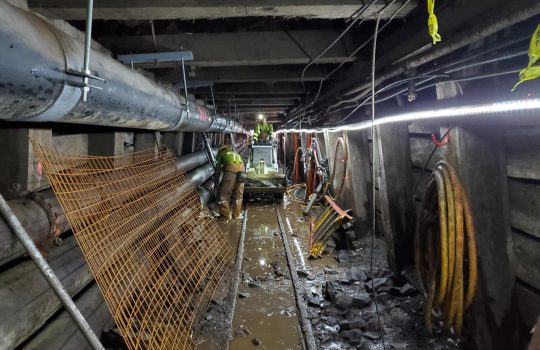Powered by pixels
- ArgonCube
- Berkeley Lab
- California
- Deep Underground Neutrino Experiment
- detector technology
- DUNE
- dune-international
- international engagement
- neutrino
- Switzerland
- University of Bern
Scientists are working on a pixelated detector capable of clearly and quickly capturing neutrino interactions — a crucial component for the near detector of the Deep Underground Neutrino Experiment. Using technological solutions developed at University of Bern and Berkeley Lab, a prototype detector called ArgonCube is under construction in Bern and will arrive at Fermilab next year.

